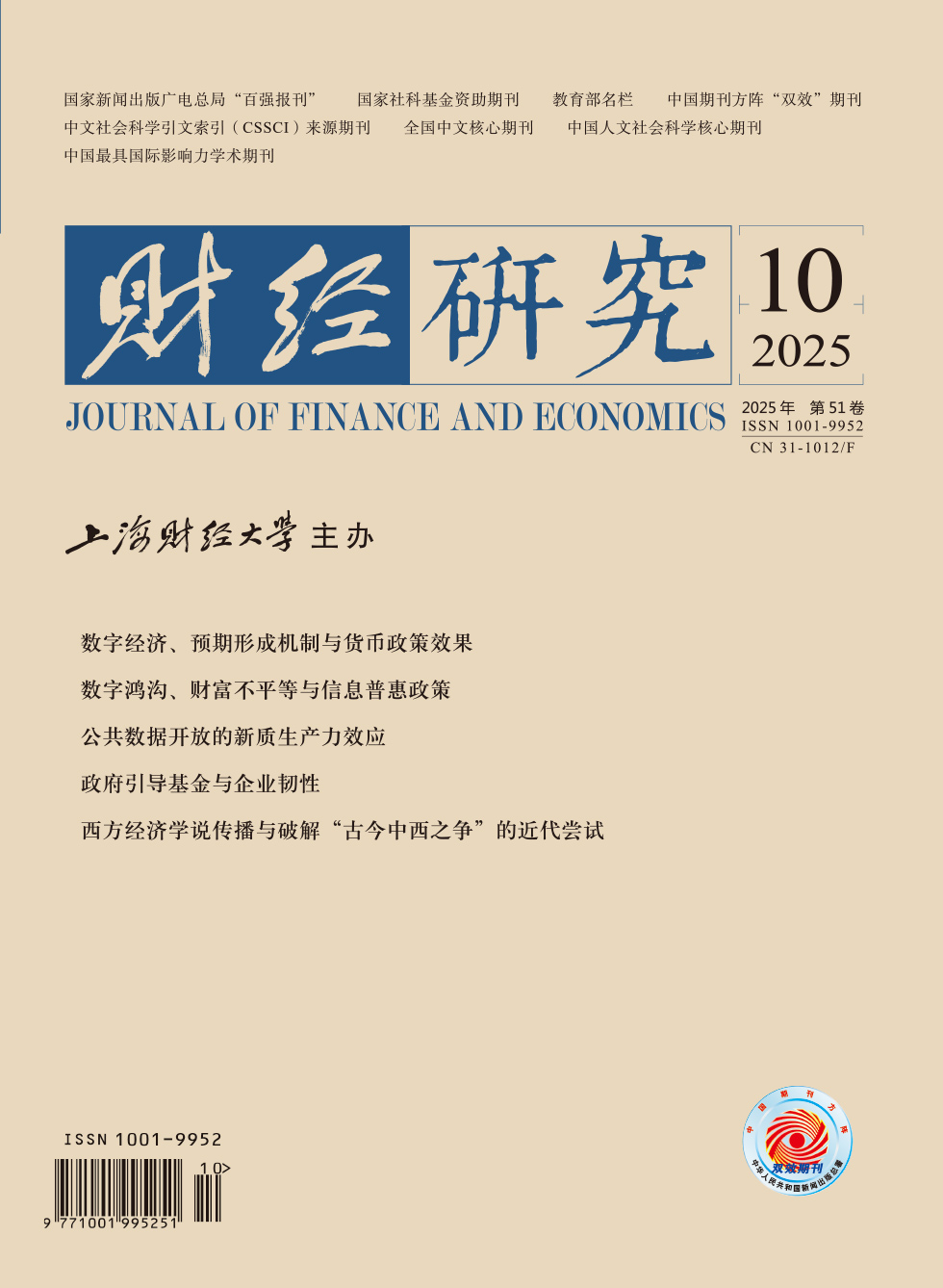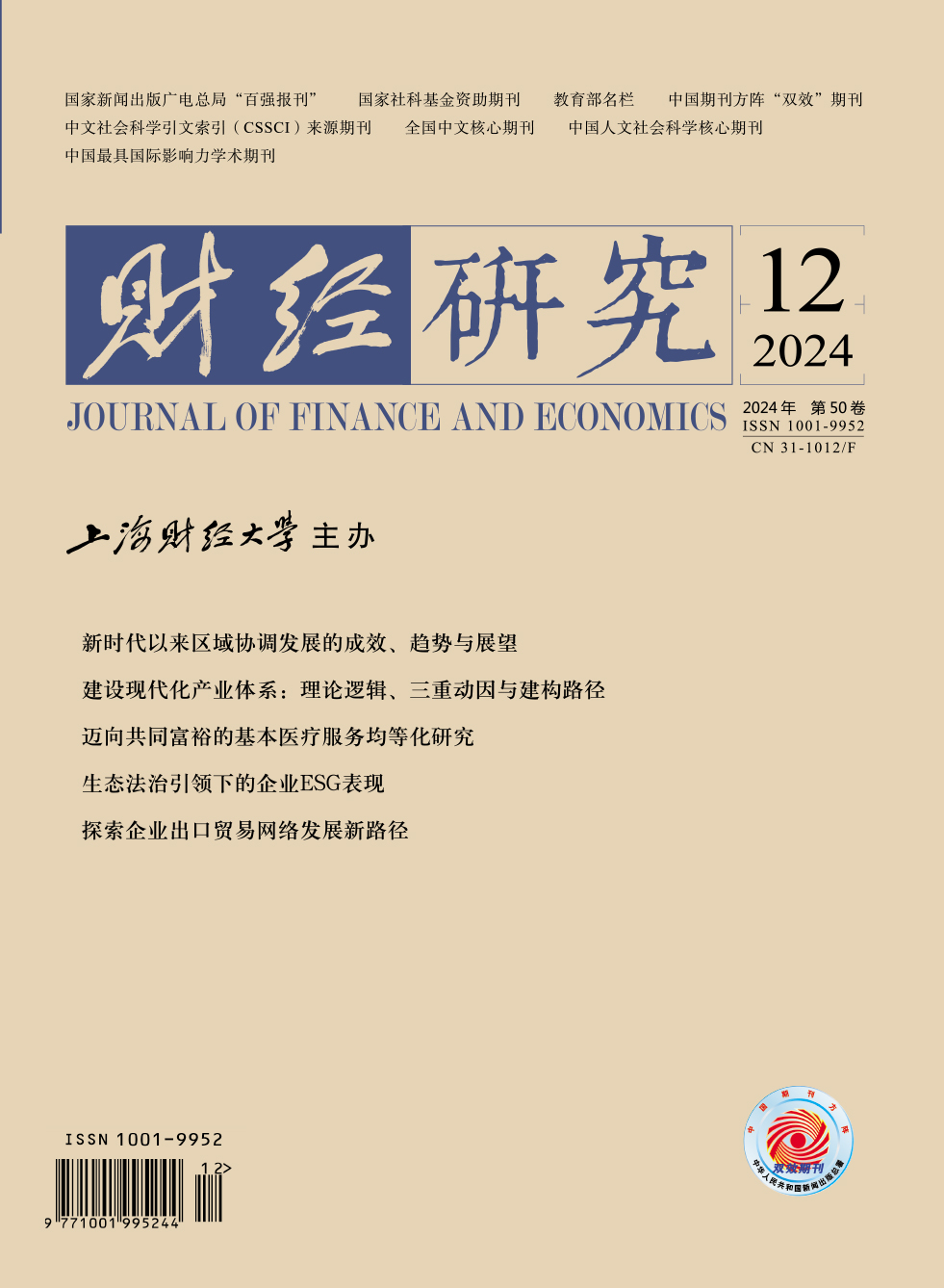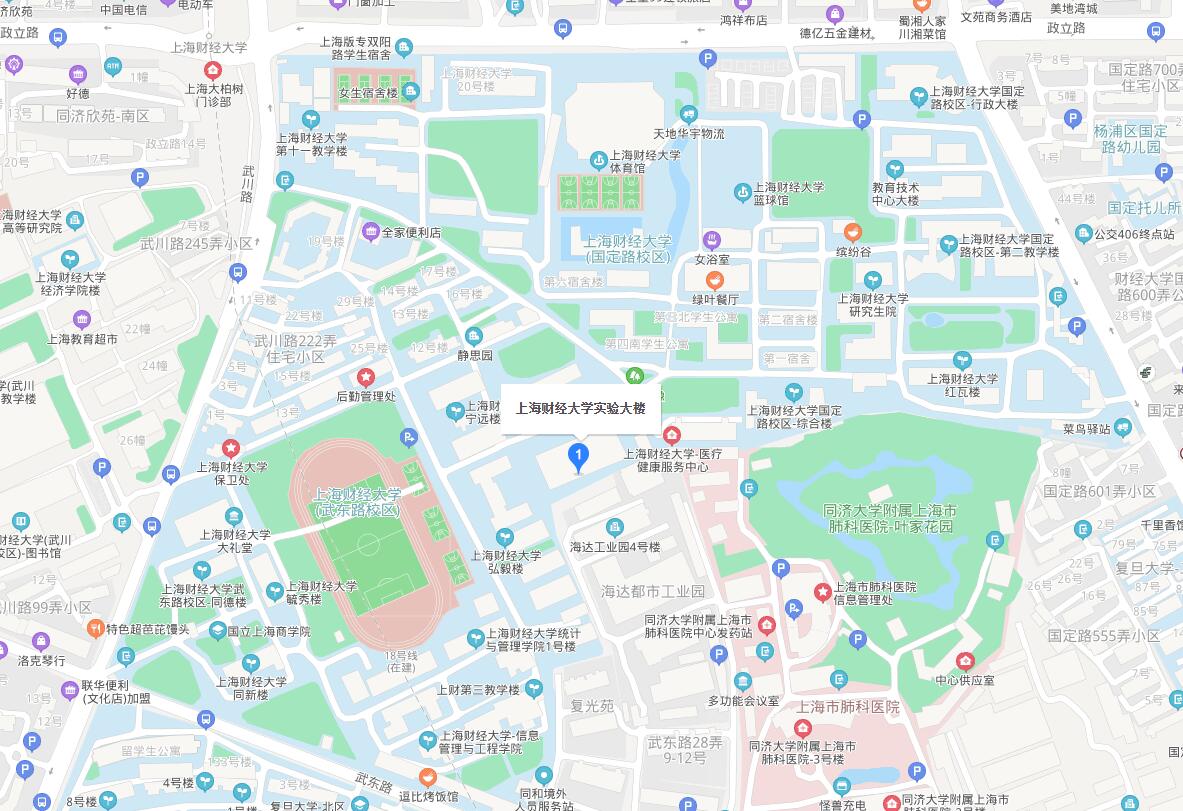Realizing high-quality and full employment is the cornerstone of maintaining social stability, as well as an important guarantee for improving people’s living standards and thus achieving common prosperity. As a major component of people’s livelihood in China, the housing provident fund system can enhance workers’ sense of gain, happiness, and security, and provide depositors with bottom-line protection.
Using data from the China Labor-force Dynamics Survey in 2016 and 2018, this paper analyzes the impact of the housing provident fund on the employment stability of workers. The study finds that the housing provident fund can significantly improve the employment stability of workers, and its impact path may have two levels: One of them is the income effect, job identity effect, and job value effect at the work level; and the other is the guarantee effect of tenure rights at the housing level. Heterogeneity analysis reveals that there is a significant positive moderating effect of the housing provident fund on the employment stability of workers with low awareness of individual rights, no external debt in their family, middle and high income, and skill-intensive industries. Meanwhile, in terms of gender and housing ownership, the employment stabilization effect of the housing provident fund is not significant for male workers without housing ownership.
The marginal contributions of this paper are as follows: First, from the perspectives of people’s well-being and workers’ sense of gain, it profoundly implements the people-centered development ideology and provides empirical evidence for safeguarding workers’ employment rights and interests. Second, supported by classical theories, it explores the relationship between the housing provident fund system and employment stability from the material and psychological levels of the “common prosperity” mechanism. This can provide important policy insights and practical value for solving the problems of “stabilizing employment” and “guaranteeing people’s livelihood”, as well as further improving the housing provident fund system. Third, it further reveals the impact of the housing provident fund system on the employment stability of workers with different degrees of overtime work, making the conclusions more oriented to social reality.





 2789
2789  3371
3371

